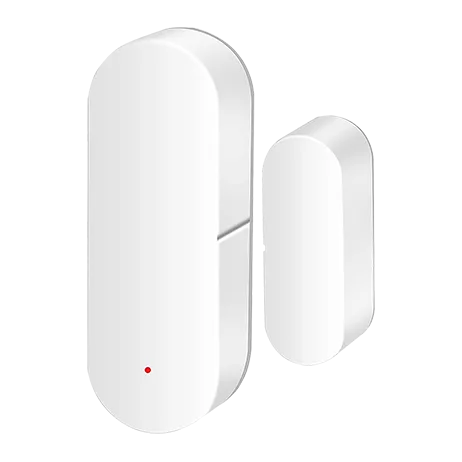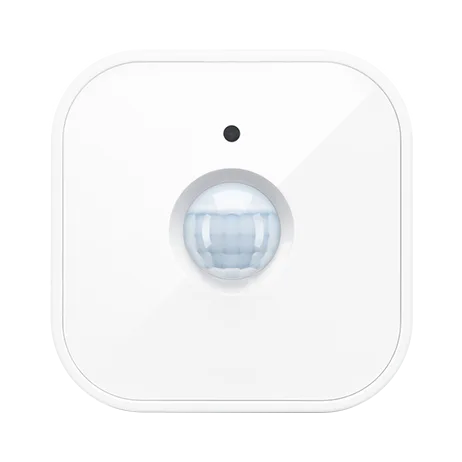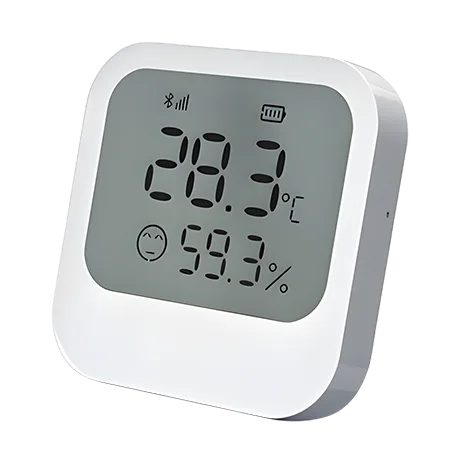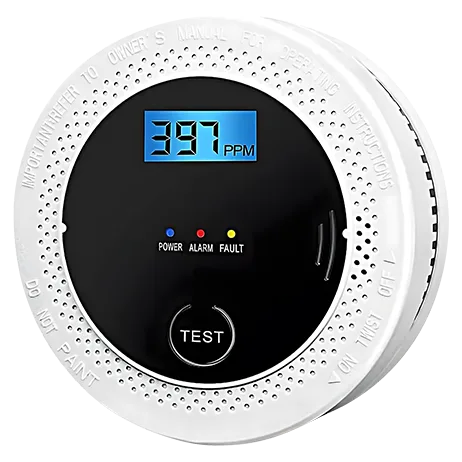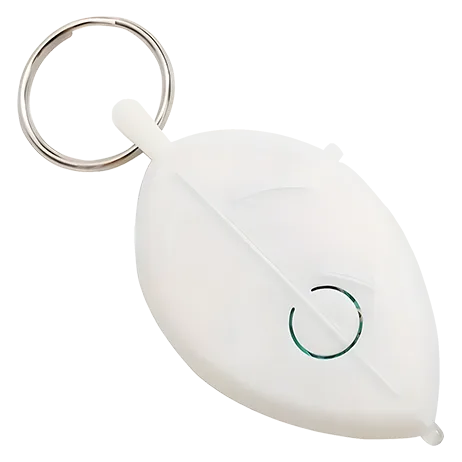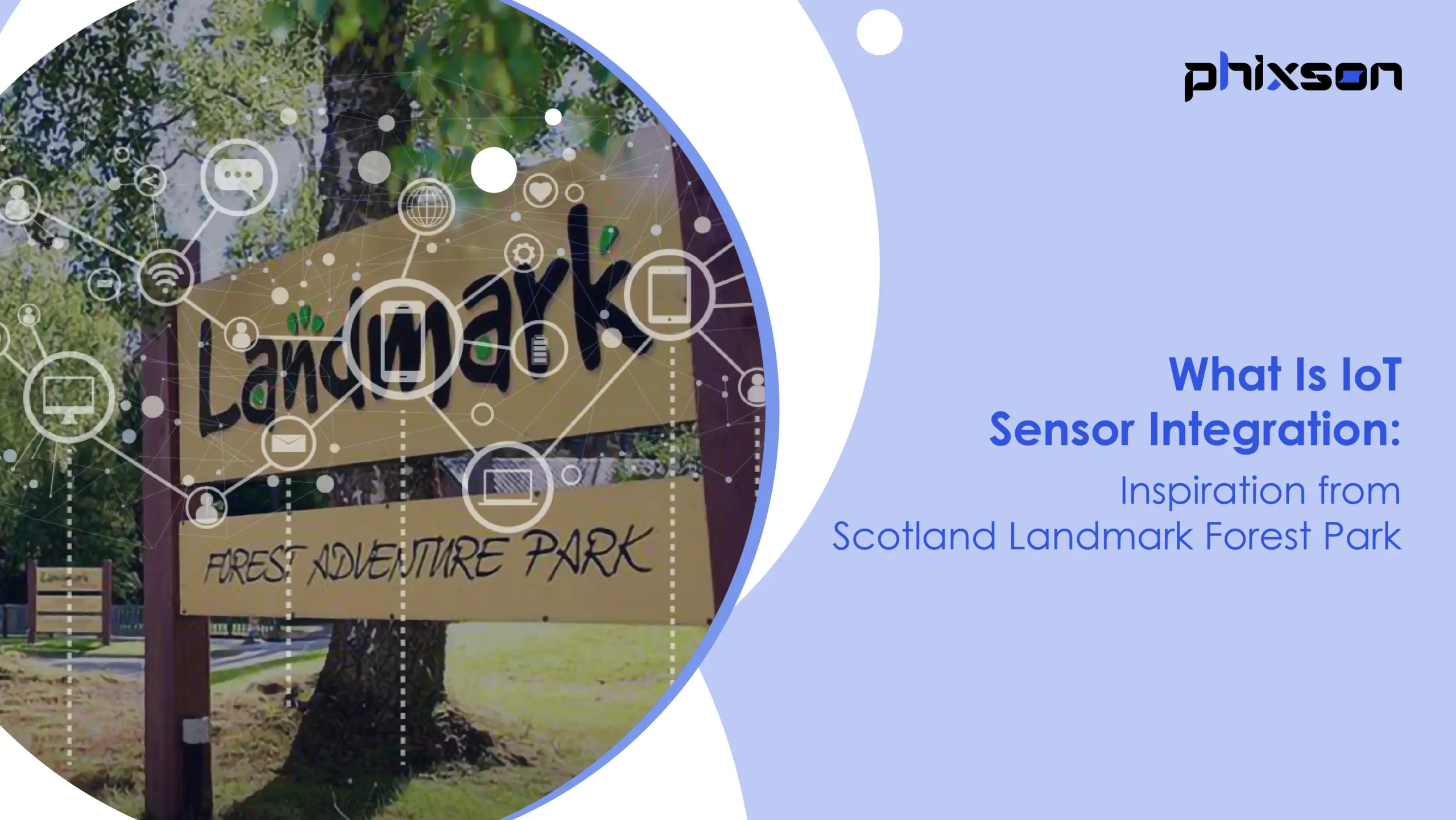What is IoT sensor integration? Why does it win public praise? And, how to install it. This blog will give you an comprehensive guide.
“This technology has been a game changer for us. “
Ross Coulter, General Manager at Landmark
Recently, IoT integration was applied to Landmark Forest Adventure Park in Scotland and received high praise. F&B and the entry of its 23 attractions are equipped with smart sensors to detect visitor quantities in real-time. The data collected can be recorded and contributed to decision-making.
So what is IoT sensor integration? Why does it win public praise? And where can it apply except for forest park? And, how to install it. Due to my job, I have a good understanding of IoT sensor integration. So today I will offer my real experience to the point.
What Is IoT Sensor Integration?
Understanding Sensor Types
Smart Door Sensor
Smart door sensors can be applied not only to store, for people entrance detection, but also home. The door sensor comes with two parts. The magnet part, a small movable magnetic piece, is often installed on the door itself. The sensor part, containing the detection circuit, is usually fixed on the door frame. When people open the door of a store with this sensor, these aligned two parts are shut. Accordingly, the detection circuit sensor changes and records the data for security or entrance people counting.
Motion Sensor
When talking about security and entrance people counting, motion sensor works, too, in another way. It comes with passive infrared technology to detect heat emitted by living beings.
Humidity and Temperature Sensor
Humidity and temperature sensor alone has limited contribution, but its integration into wireless system plays an important role. For example, the temperature record can be compared to the entrance amount record collected by the above door sensor. So the user can learn the relation between temperature and park visitor quantities.
Air Quality Sensor
In addition to the application to Forest Park, IoT integration sensor can look after the house. I have installed an air quality sensor in the garden of my home. It will report the real-time data to my phone. Each day before going out, I will check the air quality outdoor and determine whether I should wear a mask. So it is very helpful for me, especially those suffering from respiratory disease.
Smoke Sensor
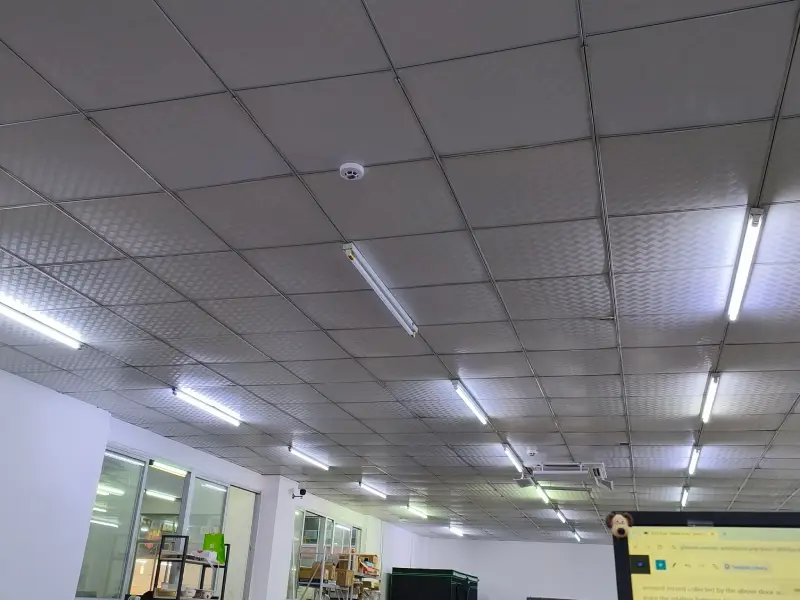
The smoke sensor, although, is seldom used for monitoring visitor flow, it is an important device in an IoT integration system. In our large office with about 150 people, wireless sensors have to be installed in order to meet security codes as well as daily security monitoring.
IoT Sensor Integration Techniques
Direct Connection
A direct connection means the sensor communicates directly with a central system, cloud platform, or user interface without intermediaries. The sensor connects via a network protocol such as Wi-Fi, and Bluetooth.
Gateway-based Integration
Direct connection can handle simple IoT net, while gateway-based integration is good at conversing different protocols of numerous devices to WiFi.
Cloud-based Integration
Sensors transmit data via the internet to the cloud, where it is analyzed, visualized, or acted upon using applications. It features centralized data management and historical data accessibility.
Communication Protocols
When sensors and integration are ready, it’s time to talk about communication protocols. They are standardized rules and methods that enable devices to exchange data in IoT systems. And they define how data is formatted, transmitted, and received between sensors, gateways, and cloud platforms. Common options for IoT connectivity is WiFi, Bluetooth, Zigbee, LoRaWAN and Z-wave.
Data Processing and Analysis
Last, data processing and analysis is also a significant technology in IoT sensor integration. It totally contains five steps. Taking Scotland Landmark Park for example, the sensors first capture the raw data like entrance quantities to the cloud platforms. Then, the data will be filtered and cleaned after storing in the cloud. Next, before the insight data are presented through the dashboards at the general manager site, data would go through statistical methods and real-time analytics.
Benefits of IoT Sensor Integration
Decision-Making
“Now, using both of these data sets, we can better prioritise developments that will have the most positive impact on the visitor experience. This approach allows us to create memorable experiences that keep our visitors coming back to explore everything Landmark has to offer.”
Ross Coulter, General Manager at Landmark
Obviously, the application of IoT sensor integration improved the decision-making for a better plan of Landmark.
Real-time Monitor
Besides, in my use experience, when I want to know the temperature and humidity outside without going out, a compatible app on my phone will show me the data collected from the smart sensor in my garden. By the way, the dryness and temperature of the garden are well noted to decide how to take care of my plants on that day.
Other Examples of IoT Integration Sensor
In addition to the application to park and home, there are other examples of the use of IoT sensor integration.
Smart City
Smart light in the street is an excellent example. It comes with a motion sensor, a photosensitive sensor and wireless connection technology. When detecting low light levels at night, it will switch on itself. Some lights with motion sensor lights only when people walk by in the evening. It is really a good energy-saving design.
Industrial IoT
Placing a good tracker in the carton is a smart way to follow its logistic status. This IoT device can send the real-time location of the goods to the apps.
Healthcare
Wearable devices monitor vital signs like heart rate, blood pressure, and glucose levels, transmitting real-time data to the healthcare management center. This contributes to making early interventions and reducing the labor of nurses.
Smart Agriculture
Taking the soil humidity sensor for example, it can monitor the humidity of the land where your plants stand and then trigger automatic watering to the plants if reaching the preset threshold value. Farmer can ease their work just by checking the data and the operation status of the watering system.
How to Choose an IoT Integration
Scalability
When I choose an IoT integration, I first look for the user manual to know about the features like multi-device support, modular design and data handling capacity.
Security
Besides, I fully encourage to knowing whether the vendor has ISO27001 certification. Or, you can even ask the vendor for reports on recent security assessments, penetration tests, or vulnerability scans conducted on the system.
Ease of Use
Also, automatic device discovery, minimal configuration steps and simple connectivity are my additional considerations. Obviously, WiFi and Bluetooth are the top two easy protocols for telecommunication. So I high recommend them.
Compatibility
Basically, don’t forget to check the compatibility of the IoT sensor. It should match your existing home automation system now. Otherwise, our purchase efforts are in vain.
Data Management Capabilities
We can verify the maximum storage capacity. More and more, look at the “data updated every second” description in the user manual. Last, the APIs data like endpoints, sample requests and response times is an vital reference, too.
How to Install IoT Sensor Integration
- Identify the installation site, ensure power and network availability, and plan sensor placement for optimal coverage.
- Configure the necessary network (e.g., Wi-Fi, Zigbee, LoRaWAN) and ensure strong connectivity at the sensor location.
- Mount or place sensors as per the manufacturer’s guidelines, ensuring they are securely positioned and protected from environmental damage.
- Connect sensors to power sources, whether via battery, mains, or solar.
- Pair sensors with the IoT platform using provided instructions, often via an app or configuration tool.
- Validate sensor operation and data transmission.
- Begin real-time monitoring and adjust settings if needed.
Get Ready With Phixson ODM
Phixson ODM has various IoT integration sensors. If interested, check the following list.

